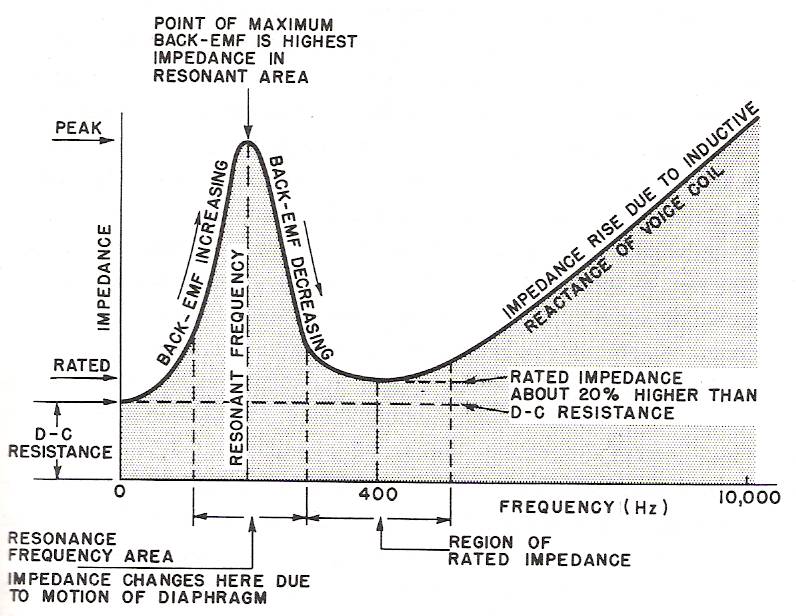First of all, I would like to apologise for asking such a broad area of field type question. I'm struggling to understand the basics.
So lets begin.
I was thinking of measuring the impedance of a coil. So I measure the square wave output of my old LC meter in its inductance measure mode. This measures 900Hz. Then I connect my meter to the inductor, and take the reading in Henries, and use XL=2*pi*F*L to determine impedance (reactance)
Anything wrong with this method?
Can this method be used for speakers too?
I read somewhere that I will need a LRC meter to do this...
What factors am I missing here?
Please help a complete noob understand. Thank.
So lets begin.
I was thinking of measuring the impedance of a coil. So I measure the square wave output of my old LC meter in its inductance measure mode. This measures 900Hz. Then I connect my meter to the inductor, and take the reading in Henries, and use XL=2*pi*F*L to determine impedance (reactance)
Anything wrong with this method?
Can this method be used for speakers too?
I read somewhere that I will need a LRC meter to do this...
What factors am I missing here?
Please help a complete noob understand. Thank.


Comment